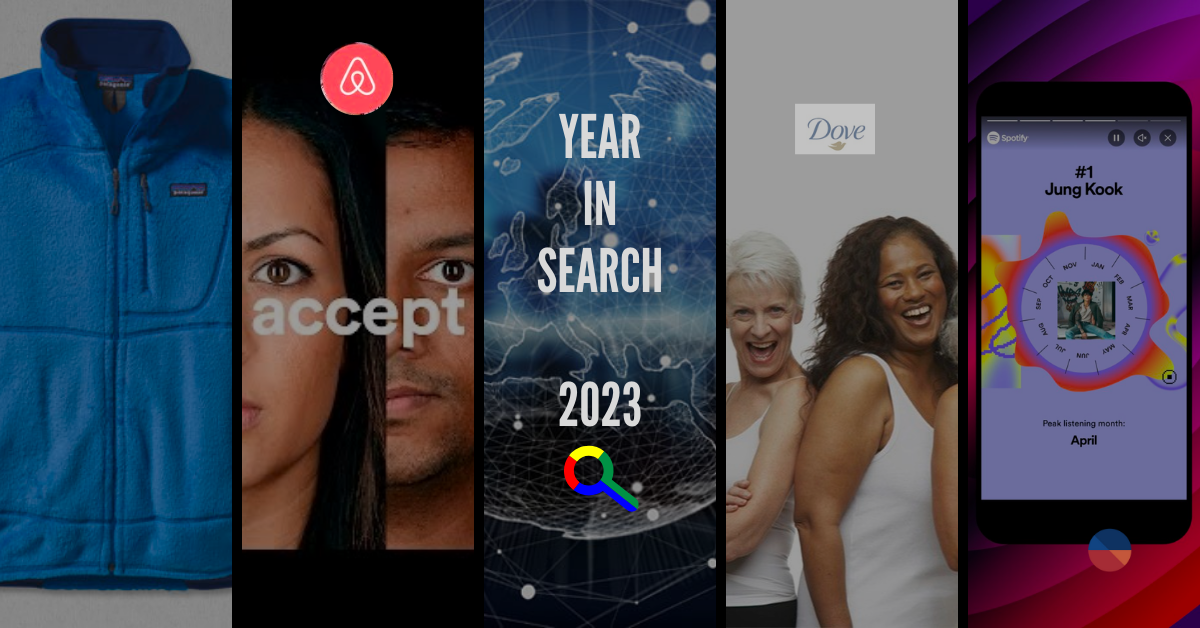How to Effectively Market Brands and Athletes through Sports Marketing?
Do you feel happy when your favourite team wins the game or heartbroken when they lose? To some, watching sports is entertaining, while it is a part of their DNA for others.
With so many sporting events worldwide, sports marketing has become one of the essential pillars for these events.
Table of Contents
What is Sports Marketing?
Wikipedia definition: Sports marketing focuses on promoting sports events and teams and promoting other services and products through sports teams and sporting events. It is a service in which the promoted element can be either a physical product or a brand name.
The goal: To provide the client with strategies to promote sports or promote some other product, service, business, or cause through sports.
We have seen countless marketing examples through endorsements by athletes, brand ads in the stadium, and sporting events like Olympics, Super Bowl, IPL, Euro Cup, Wimbledon etc.
The sporting industry would not be as thriving as it is now due to all the marketing efforts. However, despite its growing demand, there are a lot of challenges.
Marketing Challenges in Sports Marketing
Easy as it may seem to grab an already engrossed audience’s attention towards your brand or product, this is not the case.
Here are a few challenges that marketers face in the sports industry:
- Why spend a couple of hours or even more when you can grab clips from social media or get the LIVE score from a google search? Millennials have ditched the traditional media to watch sports these days, making a marketers job much dynamic.
- There have been more old, inflexible contracts that prevent innovation and growth.
- Motivating an audience to be present in a physical event has become challenging.
- The charisma of the actors in marketing is higher as compared to sportspeople.
Ok, so what is working at the moment?
Marketers strategise their marketing efforts based on the ongoing trends in the industry. Here are the trends in sports event marketing that are developing as we speak:
- The fairer sex, aka the female audience pool, are becoming increasingly important and active in sports in general. This has prompted the brands to be creative and address the aforementioned growing audience category and/or opportunities for women-centric products to bid for slots during these grand sporting events.
- Sports fans are demanding extra engaging experiences, thus driving gamification in the industry.
- There has been a significant change in how consumers, particularly young viewers, watch sports today, such as streaming on their mobile phones and other digital devices. This has forced brands to build a robust online presence, embrace newer channels like TikTok for marketing, and even leverage micro and mini influencers to develop their presence.
- Athletes are becoming more like celebrities, thus nudging sporting occasions to mimic entertainment events.
- The sports marketing culture is becoming more inclusive. Fans have more access to athletes driven by live streaming, uploading a photo or a video.
So, now that we are aware of the challenges and trends, what marketing strategies and tactics should marketers focus on?
Sports Marketing Strategies and Services
1. Create Engaging Content – More than 50% of people follow their favourite teams on social media, and they share sports-related content with their friends all the time. Marketers can segment and target (with relevant in-the-moment brand promotions) their audience based on their sporting interest.
E.g., Thank You Mom by Proctor and Gamble
Proctor and Gamble took a distinctive approach to the Winter Olympics of 2018. To link its products with a sporting event, it used mothers as the central theme.
With the Thank You Mom campaign, Proctor and Gamble positioned their products as ways for mothers to support Olympic heroes. And the ads celebrate moms as their child’s greatest advocate, despite how others see them.
Results: Over 74 million global views and 370+ million Twitter interactions.
2. Schedule your message – Nearly 72% of the fans are excited by pre-game content leading to the whole build-up before the actual event. Marketers can leverage this audience sentiment, publish engaging content right before the game starts, and grab eyeballs to drive brand affinity.
3. Develop a target audience – Well, this is a no-brainer that marketers need to select their target audience based on locations, age, interests and income. This way, you can think of how to reach them through the most efficient channel.
E.g., Sport England – This Girl Can
Launched in 2015, Sport England’s “This Girl Can” campaign was created to tackle the gender gap in sports participation in the UK.
The campaign narrative used images of real women who play sport, much opposite to the idealised images of women we are used to seeing.
Results: A ground-breaking campaign with spectacular numbers – 2.8 million women engaging in more active lifestyles.
And 600,000 women and girls joined the This Girl Can social media community.
Also, it was not a one-time activity –
Sport England came back with a new version for 2020 targeting a wider age group, including women over 60 years of age.
4. Make use of Video-on-Demand Content – Chances are, you are one of the millions of people worldwide using Video-on-Demand every day. Like other industries, businesses in sports industries should also tap into this opportunity to grow. Live videos have proven to be way more potent than scripted videos – viewers watch them almost 3X more with an avg. engagement rate 12X higher.
5. Make use of the right tools – As already mentioned above in the article, people nowadays have ditched traditional media to watch sports events. They check the scores on mobile devices, listen to the live commentary on the radio while on the move, read about news in newspapers and online, and attend live sports events. Target 360-degree marketing reaching your audience with a combination of these channels.
E.g. – Social Media with Paddy Power
Leading to the 2016 World Cup, Paddy Power is a sports betting site, posed to carve “C’MON ENGLAND” into the Amazon rainforest prompting an uproar on social media.
The intelligent use of social media marketing is an exquisite example of knowing your audience.


The content was controversial, and engaging with customers in real-time, generate surpassing results.
Results: over 160,000 visits to Paddy Power’s blog in 24 hours.
6. Sponsorships – Big brands contribute a lot of money and effort to sponsor campaigns for teams worldwide, and as a result, they get good coverage. It is one of the most effective ways to generate brand awareness and maintain top-of-mind recall.
Whether to promote for technological reasons, test the products in high-level competition, or simply create awareness of their brands, companies consider sports sponsorship a good vehicle to reach their audience.
7. Sharing Content and Photos – As a marketer, you should focus on making your content enthralling and shareable. Modern-day fans enjoy sharing content with other like-minded sports enthusiasts to connect with them, and such easily sharable content is precisely the need of the hour. Nearly 83% of fans check social media while watching a game. This proves it is an excellent opportunity for marketers to use their social media effectively.
8. Contests – This is one of the fast and sure-shot ways of generating huge audience engagement on social media. Marketers can leverage it to grow the audience, generate brand awareness, and jumpstart your engagement. Without playing on the field, the audience might feel the winner.
9. Partnerships with Brands – It seems obvious why brands work with sporting events to expose large groups of potential customers. For more data-oriented businesses, sports teams and brands often align with one another.
E.g., Rule Yourself by Under Armor
Under Armour’s target audience back in 2016 was young millennial men. The Rule Yourself campaign won that audience with the narrative of Michael Phelps preparing for the 2016 Olympics.
The genuine message of the ad hit the right emotional spots, which is pretty tough to achieve since young viewers have a very short attention span.
Results – the ad became one of the most shared Olympic ads ever on social media. It also won at the Cannes Lions International Festival of Creativity.
Wrapping up
Sports marketing is more than just fans watching their favourite teams and players. To win the heart of your audience, think about people and not about players. People respond to people, and people drive businesses.
As always keen to partake in discussions related to marketing trends, SEO, entrepreneurship and geographic consumer behaviour. Feel free to reach out to us.






